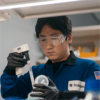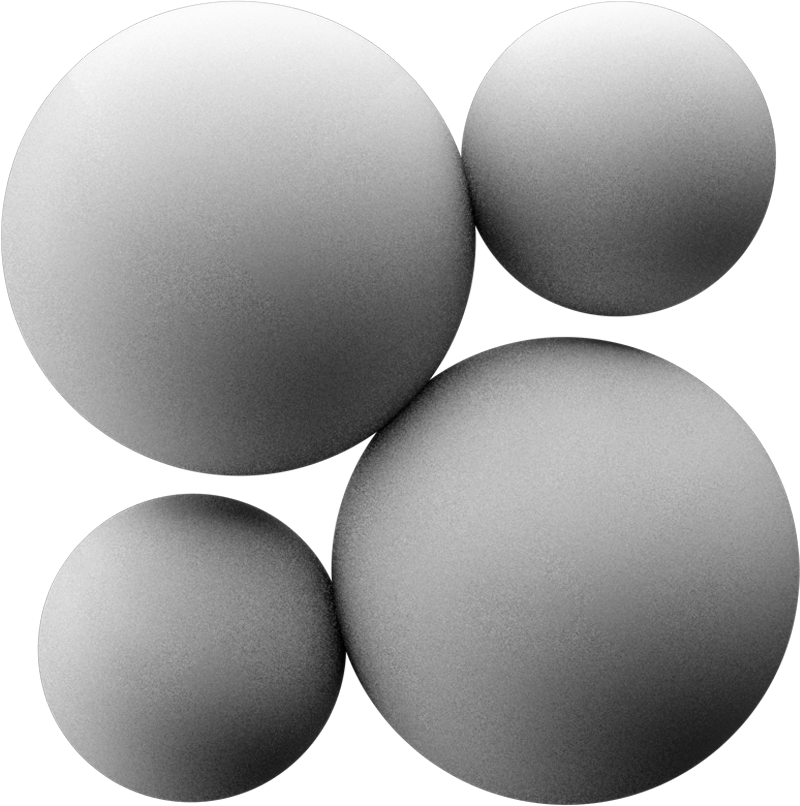At this year’s World Petrochemical Conference in Houston, industry leaders gathered to discuss how specialty chemicals must evolve to meet the challenges of today’s changing economy, geopolitical pressures, and evolving customer expectations.
For decades, success in chemical manufacturing was measured by scale and efficiency—producing materials as cost-effectively and at as high a volume as possible. But today, customers are asking for more than just scale. And that shift is changing everything.
As part of the Redefining Specialty Chemicals track, Solugen CEO & Co-Founder Gaurab Chakrabarti MD, PhD, joined leaders from PETRONAS and Evonik to explore how the industry must respond. In his talk, Gaurab framed this shift as a Third Industrial Revolution in manufacturing—one driven by the need to better serve today’s evolving customer demands.
Below are some of the key takeaways from his talk.
An Inflection Point
The specialty chemicals industry is at a pivotal moment—one that mirrors the great industrial shifts that redefined manufacturing over the past two centuries.
- The First Industrial Revolution (late 18th – early 19th century) mechanized production, transforming localized economies into manufacturing hubs.
- The Second Industrial Revolution (late 19th – early 20th century) ushered in large-scale industrialization, globalization, and economies of scale.
- The Third Industrial Revolution (today) is being shaped by technology, decentralization, and resource efficiency.
Just as these shifts changed how goods were made, chemistry followed a similar arc—from the discovery of synthetic dyes to the petrochemical boom. Now, with increasing pressure to reduce emissions, localize production, and respond to volatile supply chains, the next chapter is being written.
And at the center of it is the customer.
The Customer as the Catalyst
This new era will be defined by how well manufacturers adapt to evolving customer needs. For decades, success was measured by output and price. But today’s customers need reliability, responsiveness, and sustainability—without sacrificing performance or cost.
Here’s what they’re asking for:
- Supply Chain Predictability: Confidence that sourcing won’t be disrupted by long lead times or global instability.
- Efficiency That Scales: Products that minimize waste, reduce resource intensity, and lower total cost of ownership.
- Tailored, Application-Specific Solutions: A move away from one-size-fits-all formulas toward custom solutions that solve precise problems.
- Sustainability That Makes Business Sense: Carbon reductions and ESG alignment matter—but only when they deliver commercial value.
These changing expectations are reshaping not only what specialty chemicals must deliver—but how they need to be made.
The Third Industrial Revolution Takes Shape
For years, sustainability was seen as a tradeoff: lower emissions meant higher cost. But today, innovation in chemistry, engineering, and automation is proving otherwise.
Modern chemical production should require fewer inputs, generates less waste, and lowers costs—not just because of regulatory pressure, but because it makes business sense.
The Third Industrial Revolution is being powered by three core pillars:
- Expanding the Building Blocks of Chemistry: Rethinking feedstocks to reduce dependence on a single source, integrating bio-based, recycled, and alternative raw materials without compromising performance.
- Scaling More Efficient Processes: Using advanced reaction chemistry, separations, and new catalyst innovations to maximize yields while minimizing energy use.
- Decentralized & Resilient Production: Moving away from single mega-facilities toward flexible, distributed manufacturing models closer to demand centers.
Efficiency is no longer just a sustainability goal—it’s a competitive advantage. The companies that succeed will be those that deliver better performance at lower cost, with less risk.
New Manufacturing Models in Action
Solugen’s Bioforge platform offers a real-world example of this shift in motion. It blends biology with industrial chemistry to make specialty chemicals cleaner, faster, and more efficiently.
Unlike traditional petrochemical methods, the Bioforge:
- Uses a combination of enzymatic and traditional catalytic chemistry to drive higher yields with minimal energy input.
- Employs bio-based feedstocks like dextrose, water, and compressed air to create functionally equivalent chemicals at lower carbon intensity.
- Achieves integrated yields over 95%, dramatically reducing byproducts and making production more efficient.
Today, Solugen’s organic acids offer a 99% reduction in carbon footprint compared to similar incumbent products. But more importantly, these products aren’t just a sustainable alternative—they create real efficiency gains for industries ranging from energy and industrial water treatment to agriculture and infrastructure.
In oilfield water management, for example, Solugen’s solutions have helped control iron, improve injection rates, and increase facility throughput, resulting in millions of dollars in annual operational savings for customers.
This is what customers want: solutions that solve real problems, create efficiencies, and align with long-term goals.
The Future Lies in Collaboration, Not Competition
For decades, the industry relied on scale as its competitive advantage. But as this next era unfolds, the real value will come from collaboration—between startups and incumbents, R&D and operations, innovation and scale.
Startups bring speed, fresh thinking, and flexible technology. Legacy players bring expertise, infrastructure, and execution power.
The winners will be the companies that bring those strengths together to deliver smarter, more resilient, and more customer-aligned solutions.
The specialty chemicals industry is already shifting. The question now is: Who will lead it forward?







